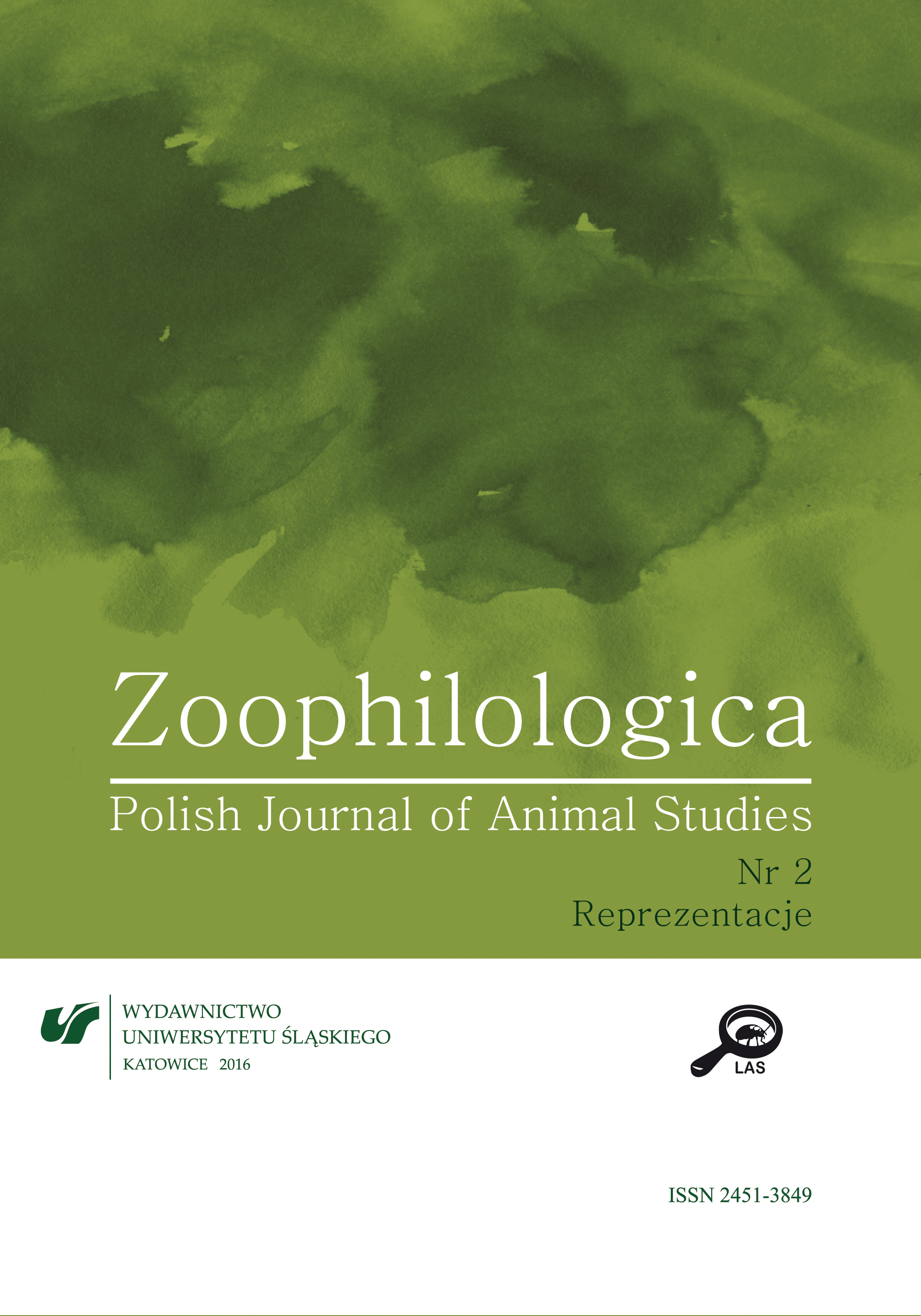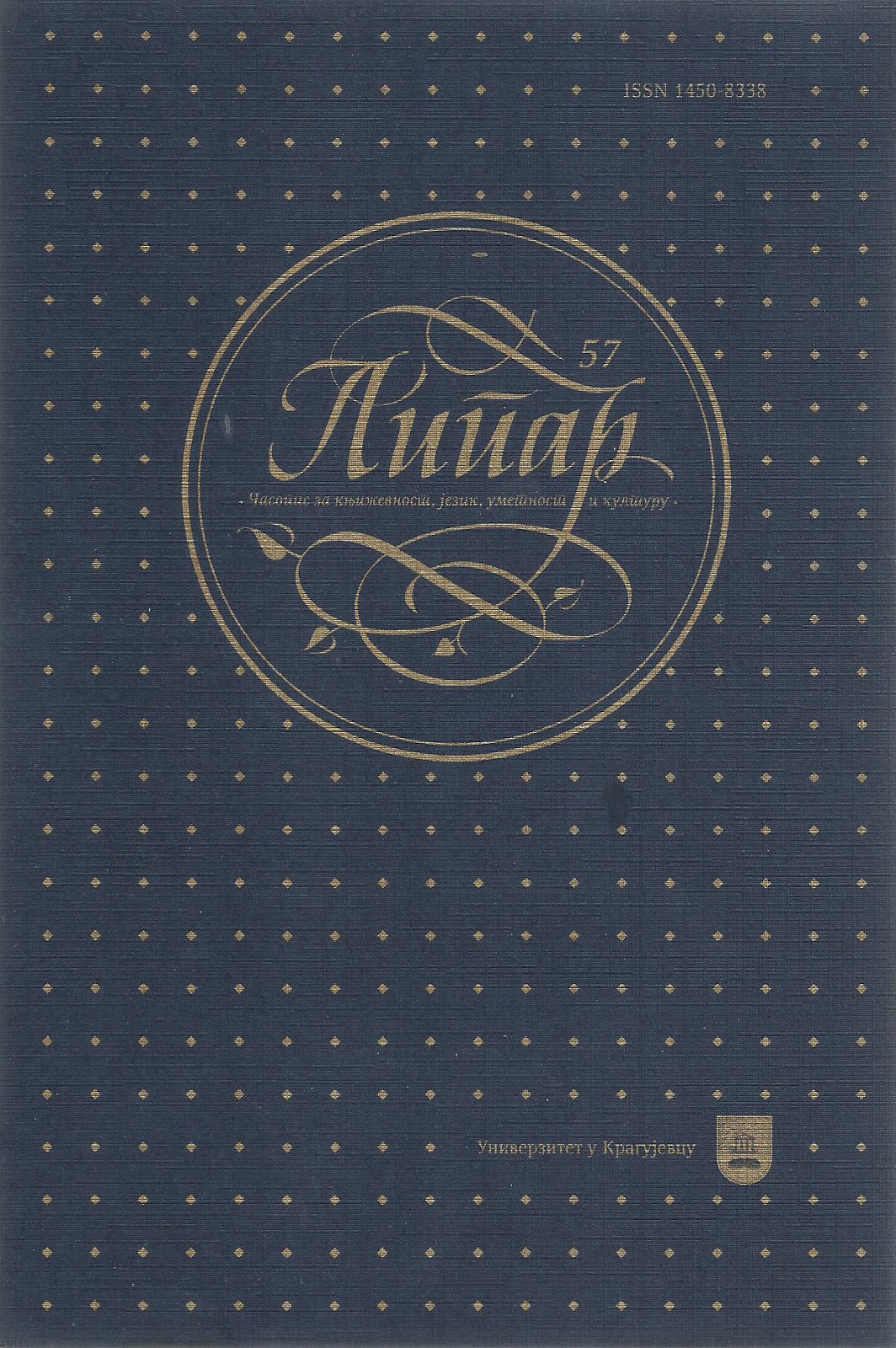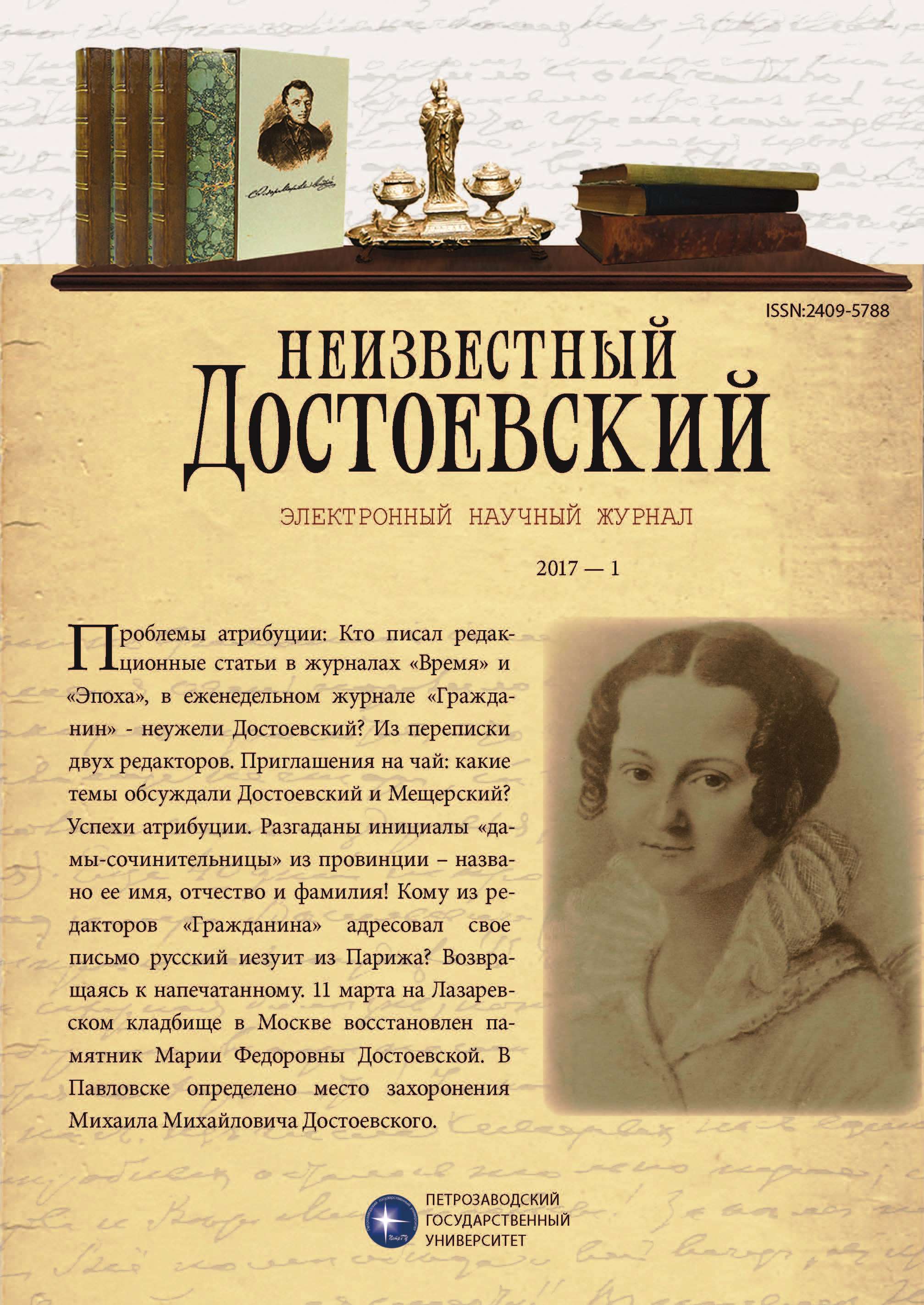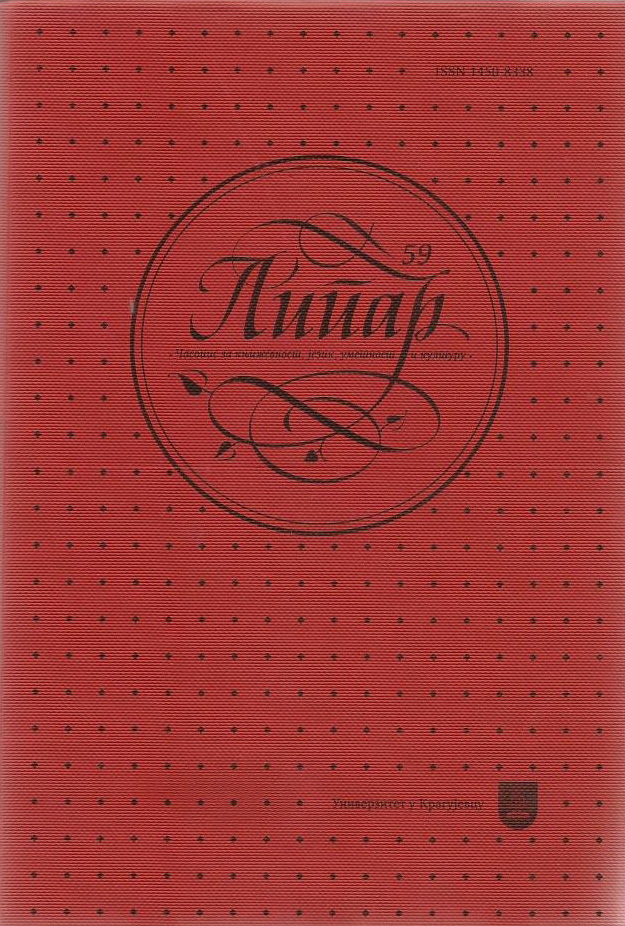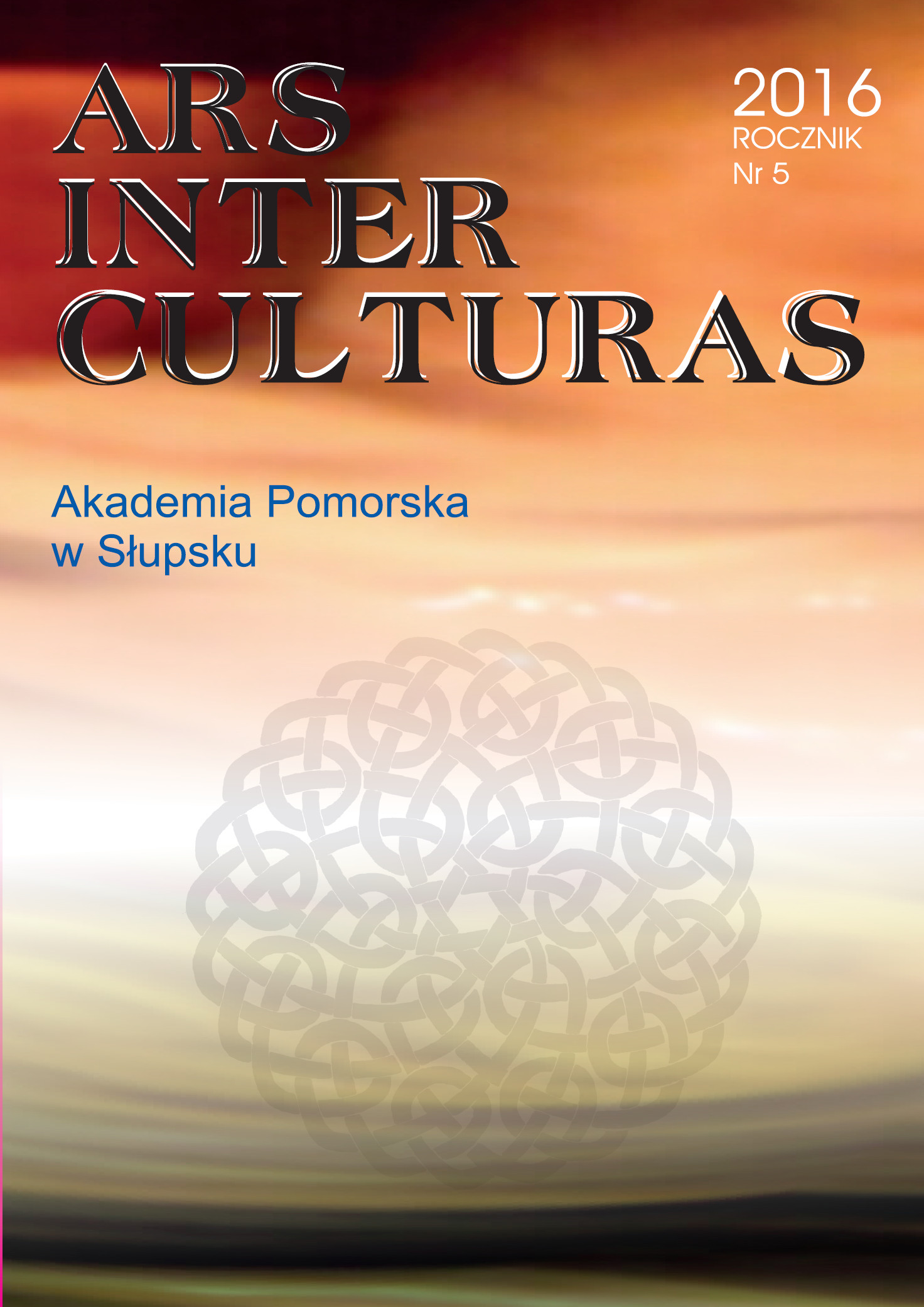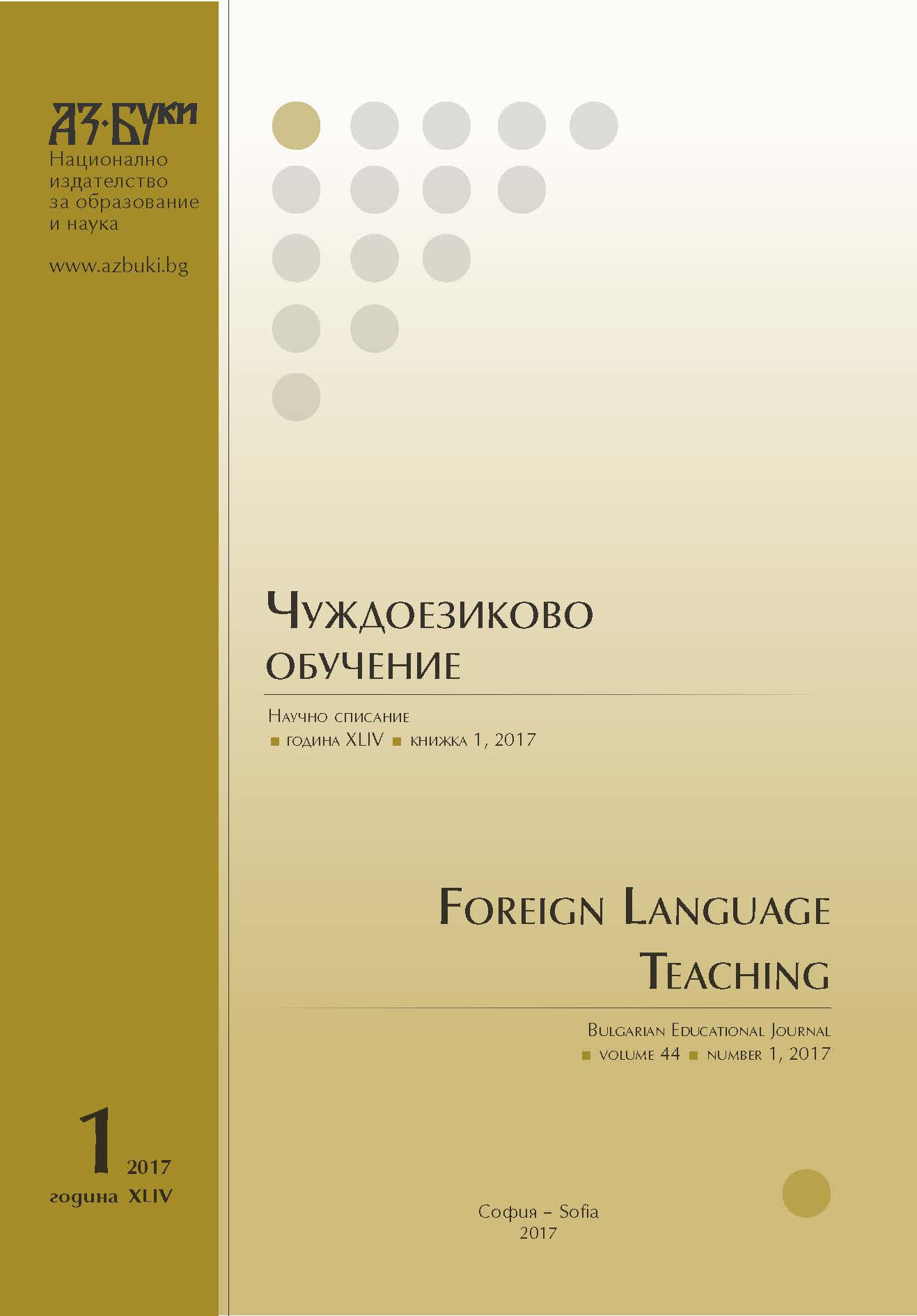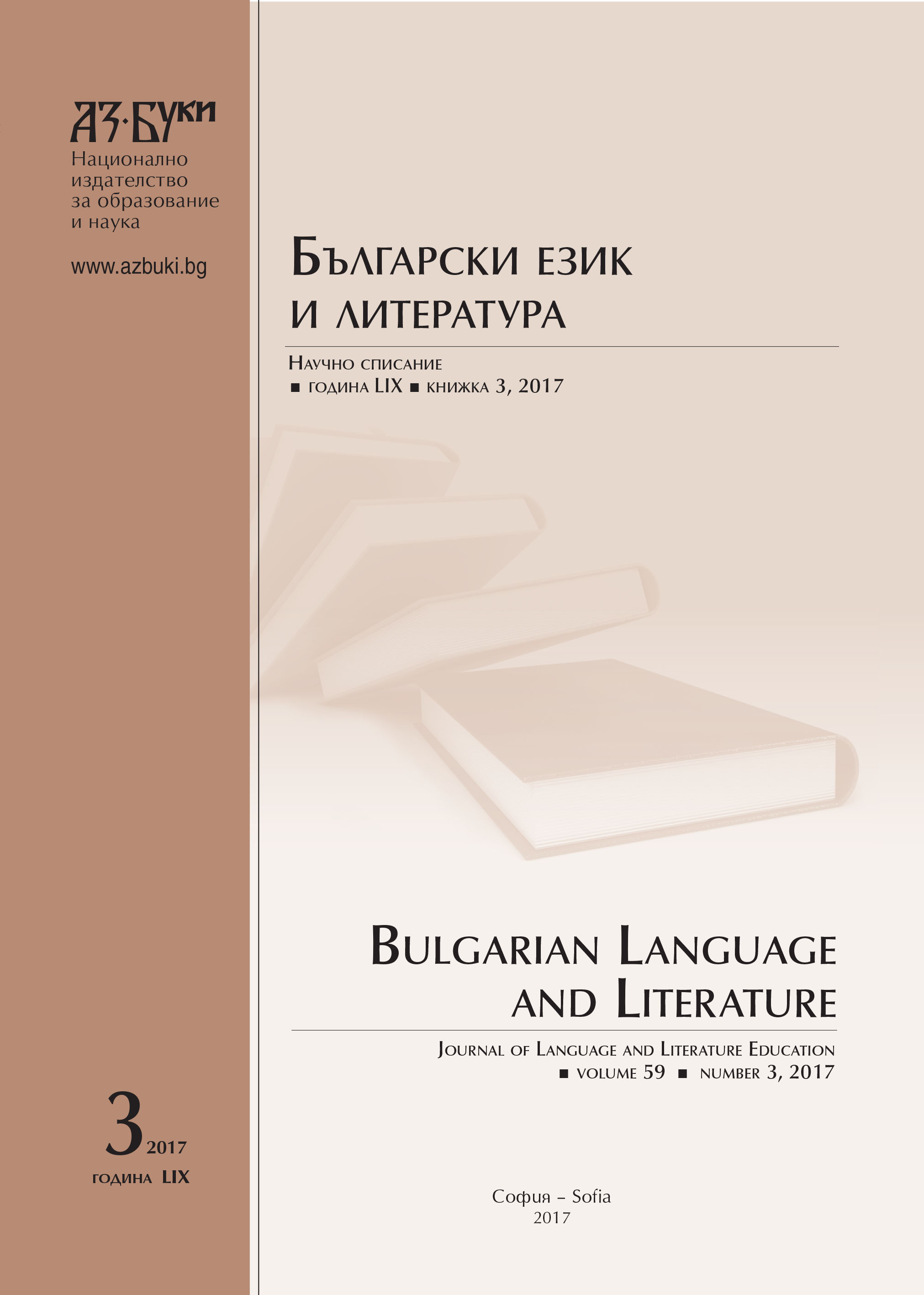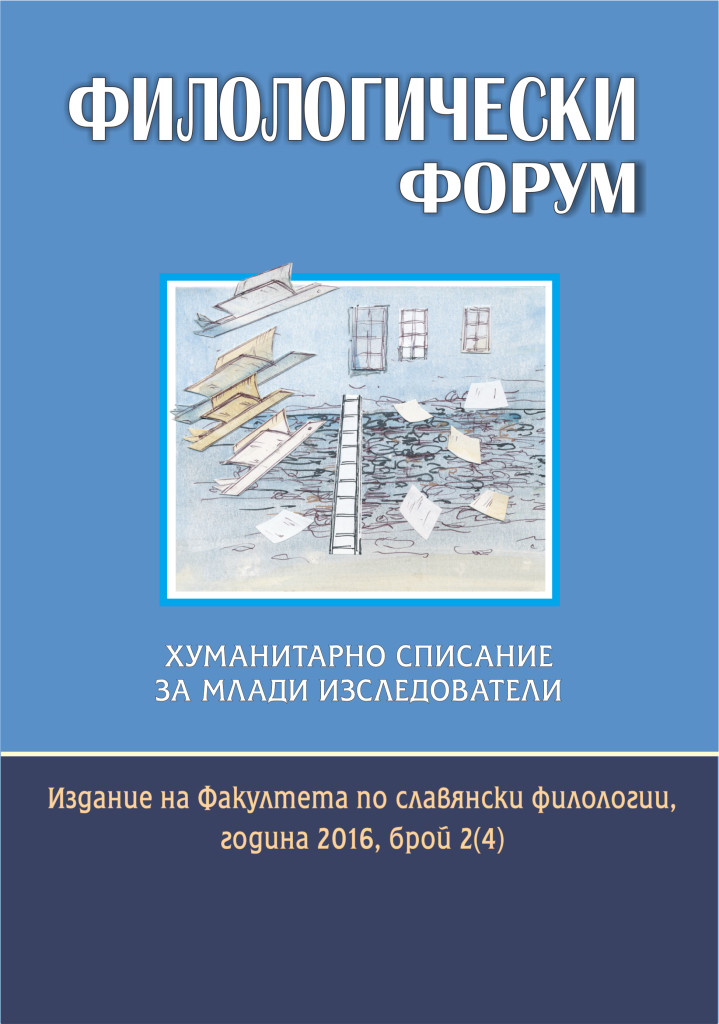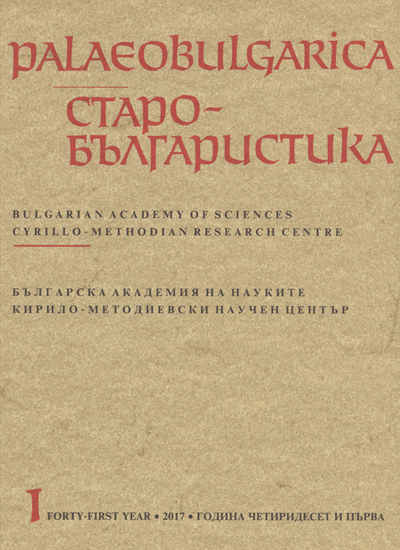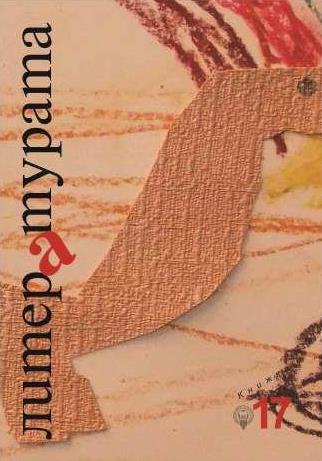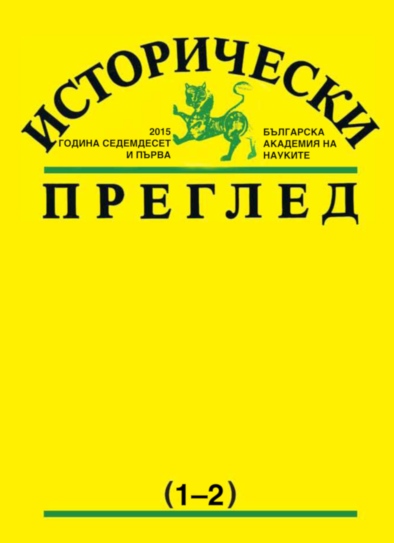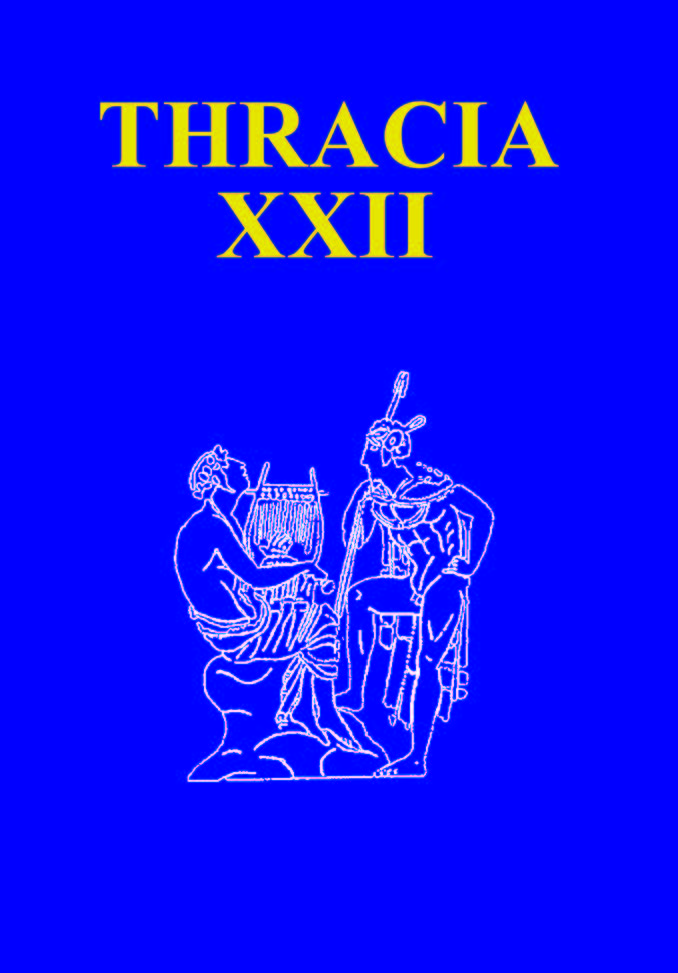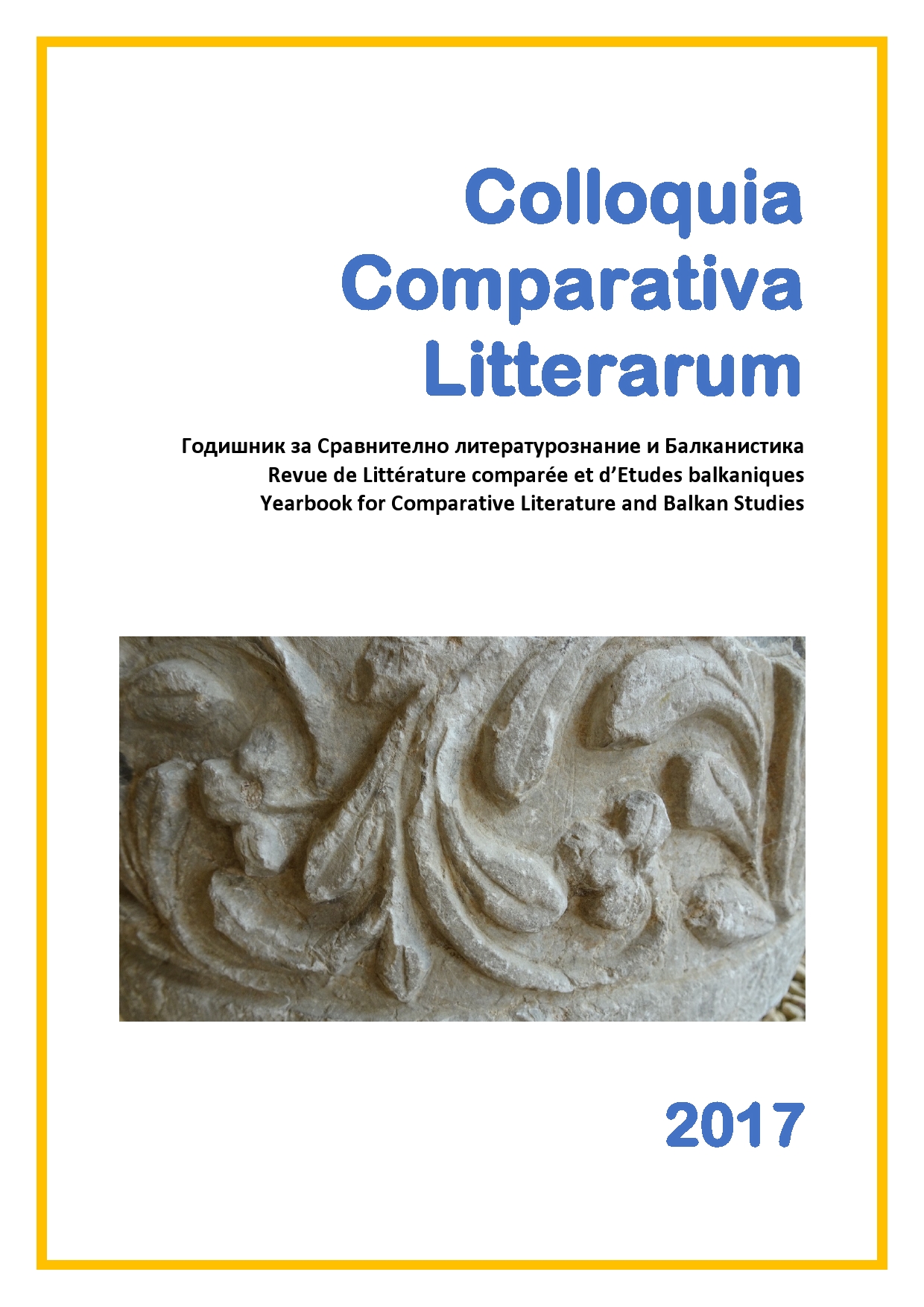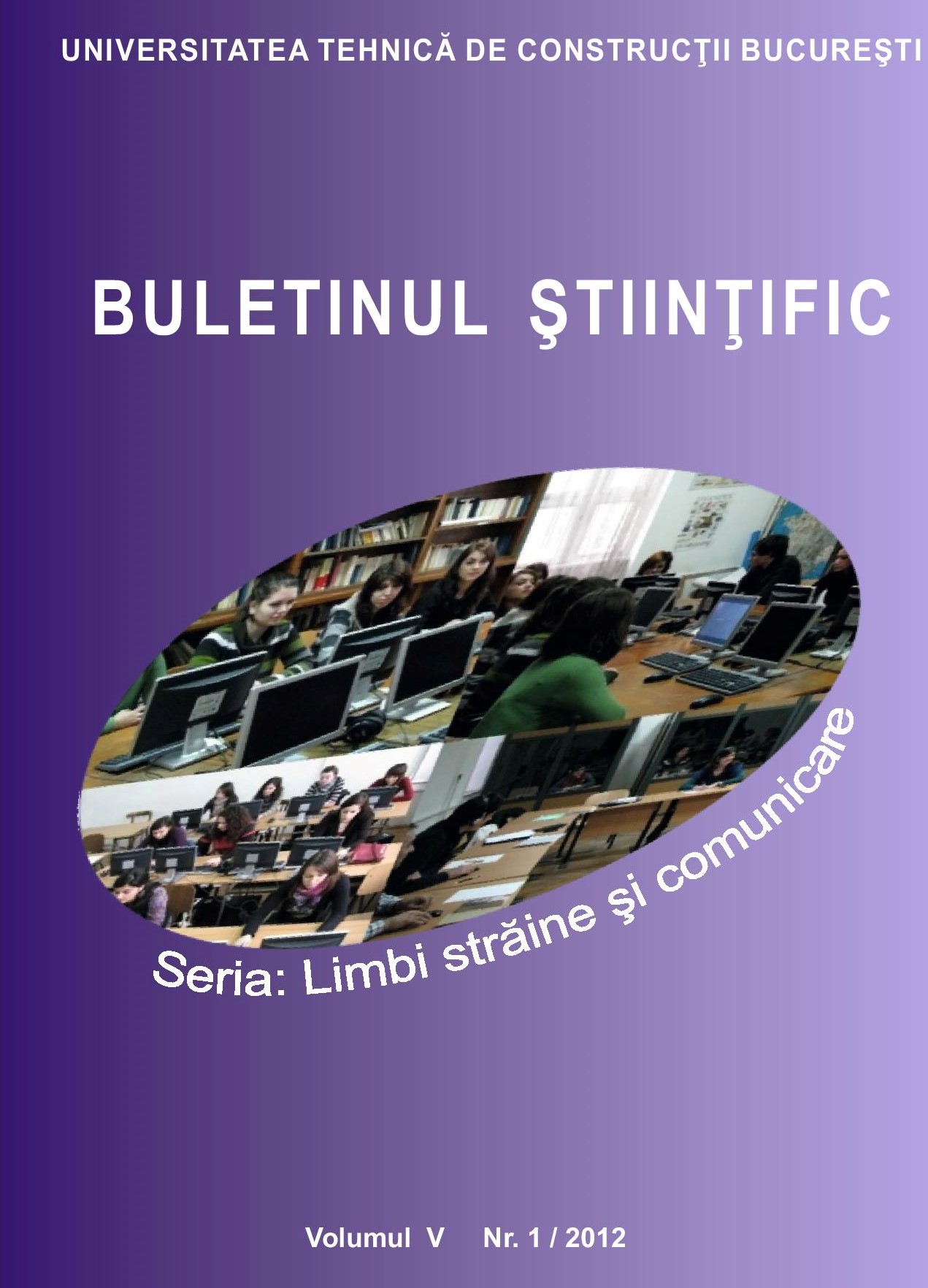
LITERARY TRANSLATION AS SIGNIFICATION AND COMMUNICATION
Analysing translation along the coordinates of signification and communication means putting it into a semiotic perspective. The aim of this paper is to bring together in a coherent analysis the elements which define translation both as a system of signification and as a process of communication. The two key-words, system and process, are meant to define the nature and the role of the meaning. Meaning is the stake of any act of translation: finding it in a text with a view to conveying it into another text and, beyond it, to the readers, within certain contexts. Semiotics offers the necessary analytical framework which allows the translation theoretician to regard in an integrated manner both the system of meaning creation and the process of its conveyance.
More...
